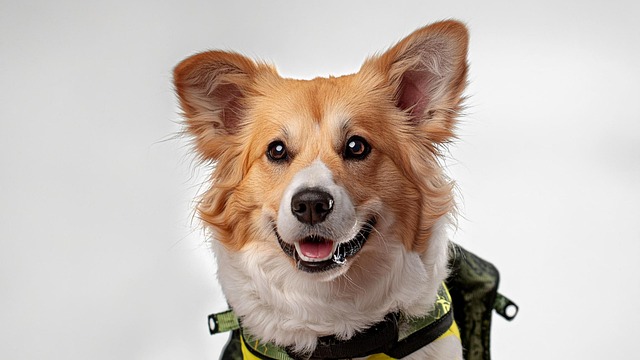There’s nothing scarier than glancing in the rearview mirror to see your dog leaping between seats while you’re cruising down the highway. Beyond being a distraction, an unrestrained dog in the car is a serious safety risk for everyone on board—and in many places, it’s also against the law. Let’s explore how to keep your furry co-pilot calm, safe, and legally compliant during car rides.
Start by investing in the right restraint system. A high-quality dog car seat, a crash-tested harness that attaches to your vehicle’s seatbelt, or a sturdy crate are your best bets. When choosing a harness, make sure it has the appropriate safety certifications—many regions require pet restraints to meet specific crash-test standards. For crates, ensure it’s secured tightly in the car to prevent shifting during sudden stops. Remember, a loose crate can become a dangerous projectile.
Introduce your dog to the car and restraint system gradually. Leave the car door open and let them explore the interior at their own pace, rewarding them with treats and praise. Once they’re comfortable entering the car, start buckling them into their seat or crate while the engine is off. Short, positive experiences like this help build trust and reduce anxiety. Over time, you can gradually increase the duration of these stationary sessions before attempting actual drives.
 During rides, keep your dog engaged and distracted. Puzzle toys filled with peanut butter or small treats can occupy their attention for hours. You can also play calming music—studies show that classical or reggae tunes often soothe dogs. Just make sure any toys you provide are safe and won’t pose a choking hazard, and avoid giving them anything too messy that could stain your car upholstery.
During rides, keep your dog engaged and distracted. Puzzle toys filled with peanut butter or small treats can occupy their attention for hours. You can also play calming music—studies show that classical or reggae tunes often soothe dogs. Just make sure any toys you provide are safe and won’t pose a choking hazard, and avoid giving them anything too messy that could stain your car upholstery.
If your dog still gets restless, consider using calming aids, but proceed with caution. Pheromone diffusers designed for pets can create a sense of security, and some natural supplements like melatonin or L-theanine may help reduce anxiety. However, always consult your vet before administering any new products, as regulations vary regarding over-the-counter pet medications. In some areas, certain supplements are only available with a prescription.
It’s crucial to understand and follow local laws regarding pet transportation. Many places mandate that dogs be properly restrained in moving vehicles, and failure to comply can result in fines or even citations. Some regions have specific requirements about where the crate or harness should be placed in the car—usually the back seat away from airbags. Make sure you’re up to date on these regulations to avoid legal trouble.
Lastly, remember that every dog is different. What works for one might not work for another, so be patient and keep experimenting. With consistent training, the right equipment, and a little extra TLC, you can transform your dog from a backseat acrobat into a well-behaved travel companion. Not only will this make your drives safer and more enjoyable, but it’ll also ensure you’re meeting all legal obligations as a responsible pet owner.

 During rides, keep your dog engaged and distracted. Puzzle toys filled with peanut butter or small treats can occupy their attention for hours. You can also play calming music—studies show that classical or reggae tunes often soothe dogs. Just make sure any toys you provide are safe and won’t pose a choking hazard, and avoid giving them anything too messy that could stain your car upholstery.
During rides, keep your dog engaged and distracted. Puzzle toys filled with peanut butter or small treats can occupy their attention for hours. You can also play calming music—studies show that classical or reggae tunes often soothe dogs. Just make sure any toys you provide are safe and won’t pose a choking hazard, and avoid giving them anything too messy that could stain your car upholstery.



